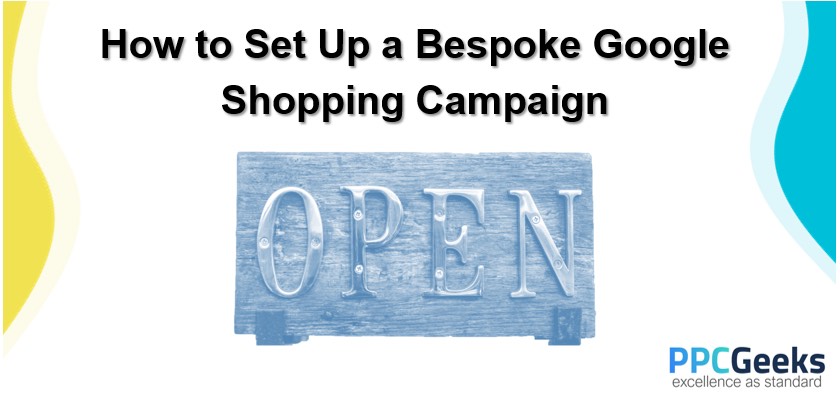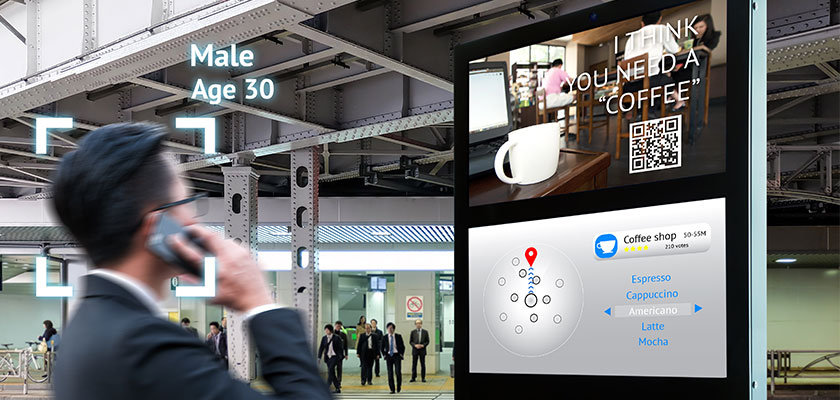The Ultimate Guide to Using Google Ads for Your Business
Whether you are looking to increase traffic to your website, improve your brand’s online presence, or grow inquiries about your products or services, Google Ads is a powerful tool that can accomplish all these goals plus more. Google ads...

Whether you are looking to increase traffic to your website, improve your brand’s online presence, or grow inquiries about your products or services, Google Ads is a powerful tool that can accomplish all these goals plus more.
Google ads are an effective method of driving relevant, qualified traffic to your website, exactly when people are searching for the specific types of products or services that your brand offers.
With paid ads on Google getting 65% of the clicks, and 43% of customers sharing that they have bought something they’ve seen on a YouTube ad, it is no secret of the possibilities offered by this innovative and popular platform.
It can be difficult to know where to start with spending your money and time implementing digital advertising campaigns, so our experienced team at Bold x Collective has put together a comprehensive guide to help you navigate your business’s strategy with Google Ads.
Keep reading to ascertain an in-depth look at how to leverage one of the most popular tools used in digital marketing.
Let’s start with the basics… What are Google Ads?
Google Ads uses a search engine approach that allows users to promote their business by targeting relevant keywords that can result in lead generation and an increase in sales among other key performance indicators.
Formerly known as Google AdWords, this online paid advertising model operates while tying together multiple aspects that provide marketers with access to leverage the search engine results page (SERP) to reach their desired target audience.
The platform belongs to the Pay-Per-Click marketing channel and has grown over the years. In fact, with the popularity of Google increasing steadily, many more features have been added to grow the capabilities of what you can accomplish (more about this later).
Now that we have a basic understanding of what purpose Google Ads has in the advertising world, let’s break down exactly how you can use the platform for your business needs.
First, let’s get a better overview of how your audience, and the general traffic on Google view and come to access these ads. To start, individuals will come across Google Ads through their search process when looking specifically for a type of product or service.
Among the suggestions they receive and based on the keywords they search for, there will be several ads that will present themselves usually as the top choices.
For example, if a user searches for ‘natural sunscreen’ on Google, the list of products that appear first will all be ads that are powered by Google Ads Shopping campaigns.
Due to the Pay-Per-Click system put in place, as the owner of the Google Ads account, you will have to pay an amount every time an individual clicks on your ad. You also have control over where your ad will direct users and the structure and placement of each ad.
Now, let’s look at the steps required to create and run an ad. With four total sections, each category has multiple steps that need to be completed before you run your ad.
How to use Google Ads – The Overview:
Select Campaign Settings Set Ad Groups Create AdsBillingCampaign Settings
The first step encompasses all the tools you need to build the foundation for your campaign. With this first section, you will have to outline:
Objective & GoalsAd TypeGeneral SettingsCampaign NameNetworksTimeTargeting and audience segmentsBudget & BillingAd ExtensionsMoving on to a detailed explanation, let’s dive into what each section means.
Objective & Goals
This first section lays out several different pathways and goals for you to choose from. Depending on your desired result, and your business’s product or service, you should pick the one that best suits your needs.
Types of Google Ads
This next section is mandatory and displays a wide range of Ad types to choose from. It is important to know the difference between each one, so keep reading to get a detailed breakdown of the most used and popular picks.
Search
This is the most popular and common form of Google Ads that businesses run. In fact, search ads are predominantly the first thing everyone first thinks of when hearing about Google Ads as a whole.
As the name suggests, this form of advertising is what you see on the search results page. These ads appear first and will sometimes also appear at the end of the page.
You can differentiate between organic search results and ones that were paid for, as the latter will evidently display an “Ad” title on the top left of the search result.
Display
Google has since added more types of ads businesses can run that have different appeals and can be found on numerous Google platforms. This type of ad is different from Search ads as they are presented with banner type ads and are displayed on websites within the Google network.
Shopping
These ads are tailored for the promotion of products and can be seen through the shopping tab on Google. This is ideal for promoting specific products, and like Search ads, will appear at the top of users’ search results for the specific product being promoted.
Video
This type of advertising is done through video content and runs on YouTube. Due to the video platform being the host of these ads, this advertising medium requires more effort and time. Unlike the previous ad types, these ads do not run on just text or product display alone and need a customized video to promote the desired product or service.
There are also more Ad types available as noted below.
DiscoverySmartLocalAppGeneral SettingsNext, let’s discuss the other core parts of building your campaign. You can set the duration for how long you want this campaign to run and can specify who you want to target.
This includes deciding the range of where you want your ads to appear. You can choose to go local or global and can even further narrow down your audience based on gender and age, among many other demographics as well as psychographics.
Make sure to keep in mind that the more niche you design your target segments to be, the more expensive it will cost to run your ad.
Depending on your business, and products or services, analyze whether it will be beneficial to target a wider audience, or to increase costs to target audiences based on specific interests and segments. The final step is setting a budget cap for your campaign.
You can set a monthly maximum amount you are willing to spend, as well as a daily amount. What’s great about the Google Ads pricing process is that it is very flexible and offers predicted results that outline what results in you can expect from your budget.
You can also explore add-ons like extensions, and experiment with changing the maximum budget amount based on ad performance each month.

Set Ad Groups
On to step number 2, setting up the ad groups. Here you will set which keywords you want to utilize for your campaign. You can set up more than one ad group if you would like, with differing keyword groupings for each relevant topic.
When choosing keywords, make sure to understand who your consumer is. Think about how and what their search habits are and relate that in accordance with your brand and the product or service in this situation.
Additionally, the keywords you choose should be specific and relevant.
You can also exclude negative keywords to ensure that irrelevant searches are not being tied together with your ad. To put negative keywords to an ad group, just add a minus sign in front of the keyword.
We highly recommend using platforms to find and organize the right keywords for your brand. Here are some free tools that you can try as a beginner in Google Ads:
Google TrendsAnswer the PublicKeywords EverywhereCreate the Ad
Now you have completed the bulk of the campaign creation process, and it is now time to set up the actual ad that users will view and interact with. As shown above, Google Ads showcases a preview tab to let you see the final ad display in both desktop and mobile views.
You want to make sure to double-check the ad is exactly how you want it to be, as once approved by Google Ads, it will be visible to the public world.
Billing
The final and last step is the billing process. This fourth step is self-explanatory and requires you to add all the necessary details and information needed for the billing process.
But wait… the Google Ads journey doesn’t end here!
What is important to remember is that creating and monitoring successful campaigns takes time. Most often than not, the very first ad that you will run will need to be tweaked and altered periodically to achieve the optimal results you are looking for.
To gain the most amount of conversions, maintain a low CPC (cost per click) per ad, and overall gain effective exposure that leads to results, you will need to take additional steps.
The two main ways you can analyze the progress your ad is making are through split testing and a/b testing. Furthermore, keeping up to date on the changing trends in keyword research, and exploring ad campaigns for different products and services within your business to see what works best will help you achieve the best results.
We also highly recommend the installation of Google Analytics, a free tool that can be used to measure successes from the platform, in comparison to other marketing efforts you are doing to accomplish your business’s goal.
It is a fantastic way to track results and better understand how your Google Ads are performing, for your website.
Do you require more assistance with the Google Ads platform?
The expert Bold x Collective team has assisted many brands in the Greater Toronto Area, Canada, and around the world by performing highly successful Google Ads campaigns.
To get started with our team, we offer a complimentary consultation, where we take the time to understand your goals and business needs; book your consultation to get started.

 BigThink
BigThink 





























![6 Ways Creators Can Use Meta AI [Infographic]](https://imgproxy.divecdn.com/oWHvh1SOQzpl85udkH3rBnzoX7T5sjKPkJpQi2A8T5w/g:ce/rs:fit:770:435/Z3M6Ly9kaXZlc2l0ZS1zdG9yYWdlL2RpdmVpbWFnZS82X3dheXNfY21ldGFfYWkyLnBuZw==.webp)

